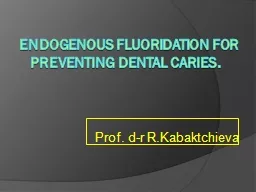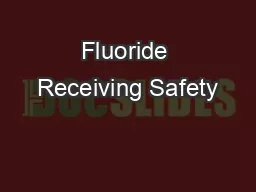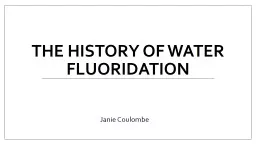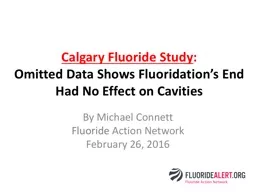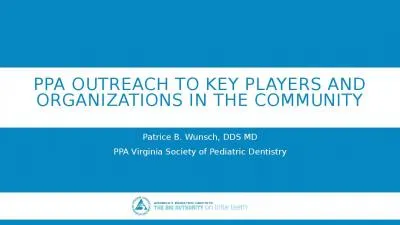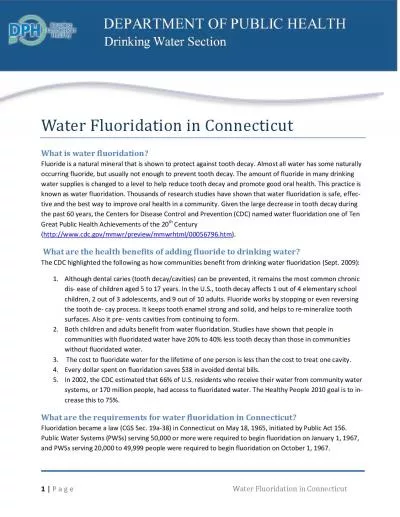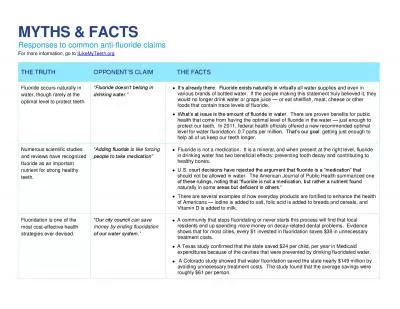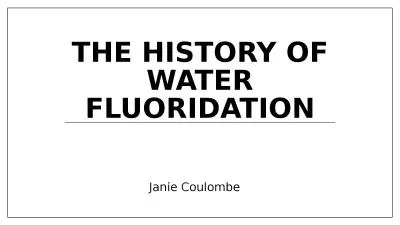PPT-PEDAGOGY LESSON PLAN TOPIC: SYSTEMIC FLUORIDATION AND TOPICAL FLUORIDE.
Author : oneill | Published Date : 2024-03-13
TARGET GROUP IV BDS UNDERGRADUATE STUDENTS DURATION 1 HOUR AUDIO VISUAL AIDS USED POWERPOINT PRESENTATION PROJECTOR DATE 05122022 PRESENTER DR Nikhil Bomble LEARNING
Presentation Embed Code
Download Presentation
Download Presentation The PPT/PDF document "PEDAGOGY LESSON PLAN TOPIC: SYSTEMIC FL..." is the property of its rightful owner. Permission is granted to download and print the materials on this website for personal, non-commercial use only, and to display it on your personal computer provided you do not modify the materials and that you retain all copyright notices contained in the materials. By downloading content from our website, you accept the terms of this agreement.
PEDAGOGY LESSON PLAN TOPIC: SYSTEMIC FLUORIDATION AND TOPICAL FLUORIDE.: Transcript
Download Rules Of Document
"PEDAGOGY LESSON PLAN TOPIC: SYSTEMIC FLUORIDATION AND TOPICAL FLUORIDE."The content belongs to its owner. You may download and print it for personal use, without modification, and keep all copyright notices. By downloading, you agree to these terms.
Related Documents


